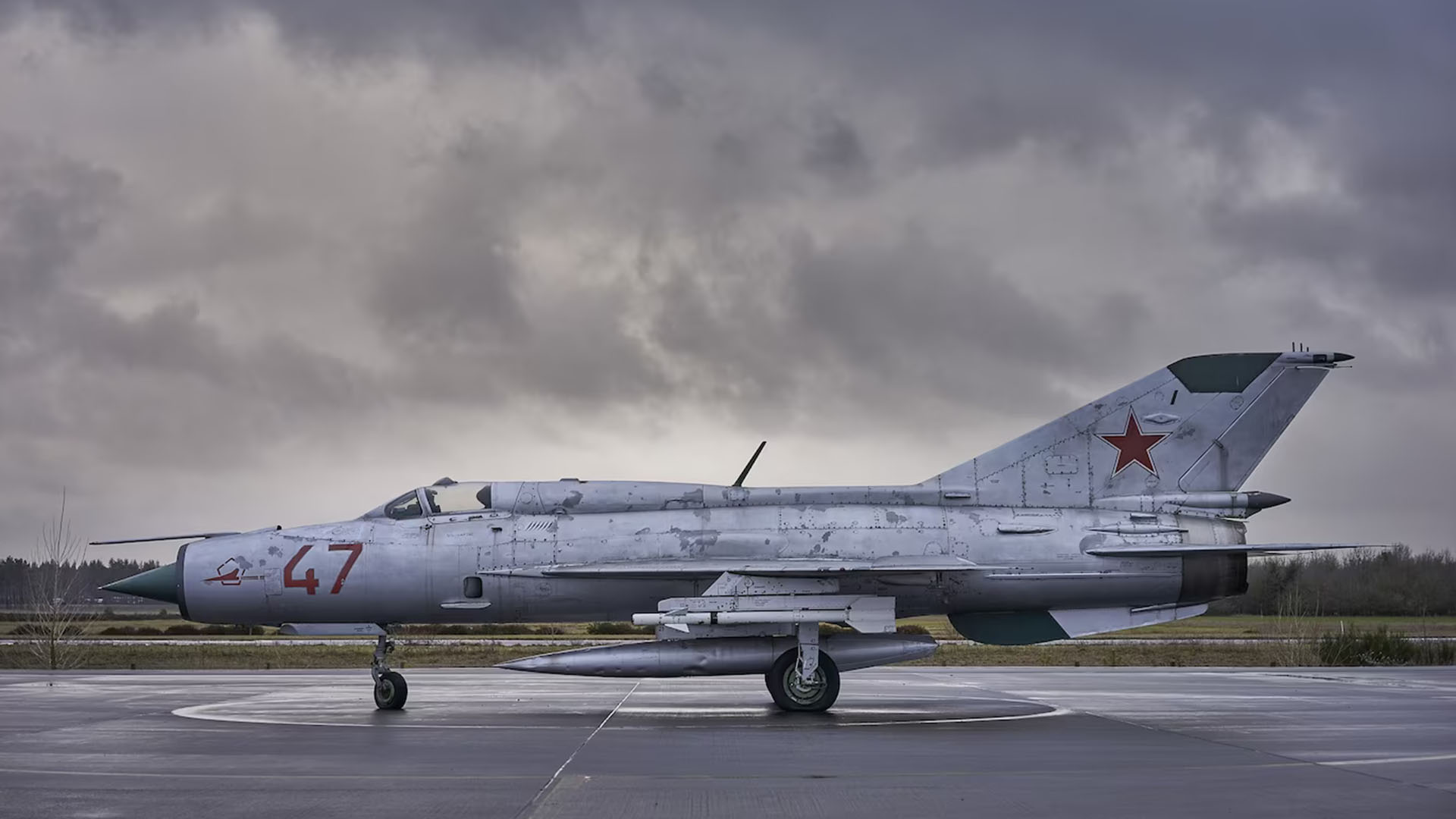

The history of aircraft traces back to the pioneering efforts of inventors and aviators like the Wright brothers, Orville and Wilbur Wright. On December 17, 1903, they successfully flew their powered aircraft, the Wright Flyer, for the first time in Kitty Hawk, North Carolina, marking the beginning of modern aviation.
There are several types of aircraft, each designed for specific purposes. Commercial airliners are large passenger planes that transport people across the globe. Cargo planes specialize in carrying goods and freight, facilitating international trade. General aviation encompasses private planes, helicopters, and smaller aircraft used for personal travel, sightseeing, and other purposes. Military aircraft serve various roles, including combat, reconnaissance, and transport.
Understanding the principles of flight is essential in comprehending how aircraft stay airborne. Lift, generated by the wings' shape and the aircraft's forward motion, counteracts the force of gravity. Thrust, usually produced by jet engines or propellers, propels the aircraft forward. Drag is the resistance caused by the air's friction, which the aircraft must overcome to maintain speed and efficiency.

Jet engines are the primary propulsion systems used in most modern aircraft. These engines work on the principle of sucking in air, compressing it, mixing it with fuel, igniting the mixture, and expelling the exhaust gases at high speed, providing the necessary thrust for the aircraft to move forward.
A jet engine is a type of internal combustion engine that generates thrust by expelling high-speed exhaust gases from its rear. It works on the principle of Newton's third law of motion, where for every action, there is an equal and opposite reaction. Jet engines have revolutionized air travel, providing immense power and efficiency compared to traditional piston engines.
Thrust is the force that propels the aircraft forward. The amount of thrust generated depends on the engine's design, the speed of the exhaust gases, and the volume of air passing through the engine. Engineers aim to optimize jet engines for maximum thrust while maintaining fuel efficiency, which directly impacts the aircraft's performance and range.
Small flights encompass a wide range of aviation activities that involve aircraft smaller than those used in commercial airlines. This category includes various forms of private and recreational flying, such as personal aircraft, business jets, light sport aircraft, and flying clubs.
One of the main advantages of small flights is the flexibility they offer. Unlike commercial airlines that operate on fixed schedules, small flights can be tailored to the passenger's needs. Private aircraft can depart from smaller airports, which may be closer to the passenger's location, reducing travel time to and from the airport. Additionally, small aircraft have the ability to access a vast network of smaller airports that may not be served by major airlines.
Small flights provide a more personalized and intimate experience. Passengers often have direct interaction with the pilot, who may even be a friend or family member. This personal touch can lead to a more enjoyable and stress-free journey, as the pilot can address individual preferences and provide a higher level of customer service.